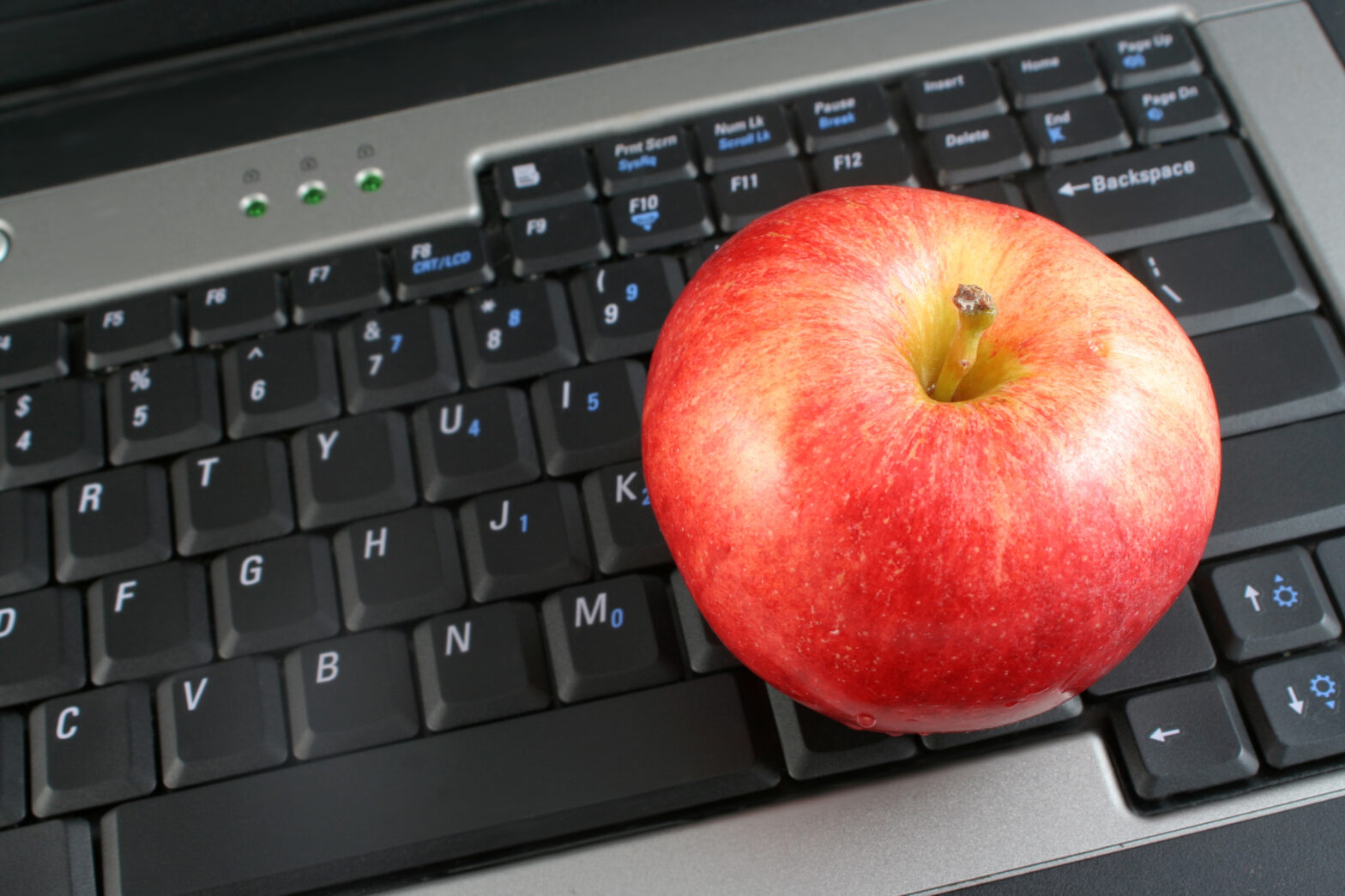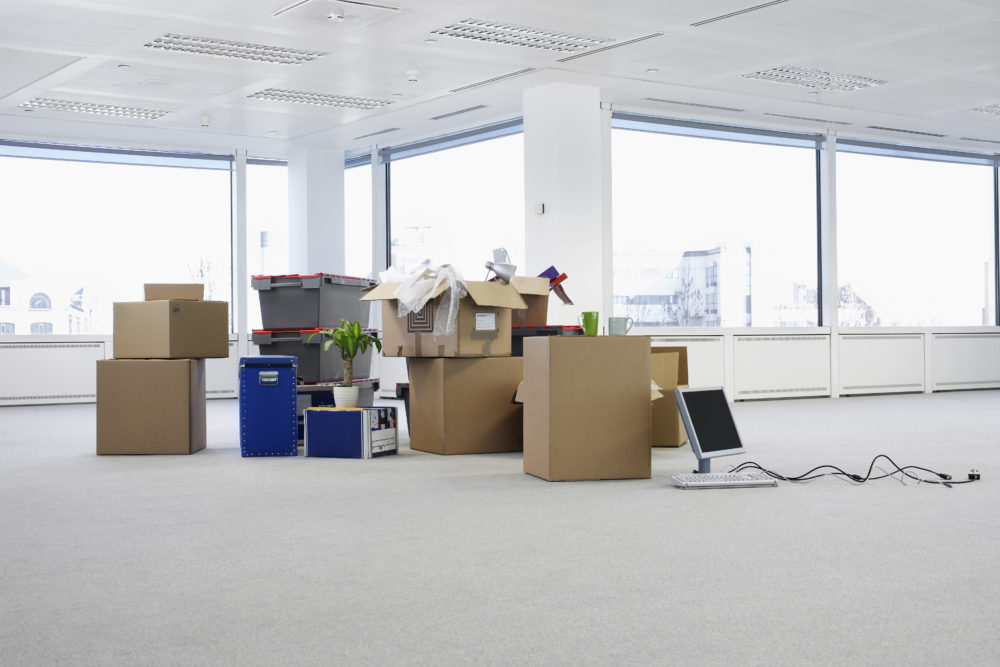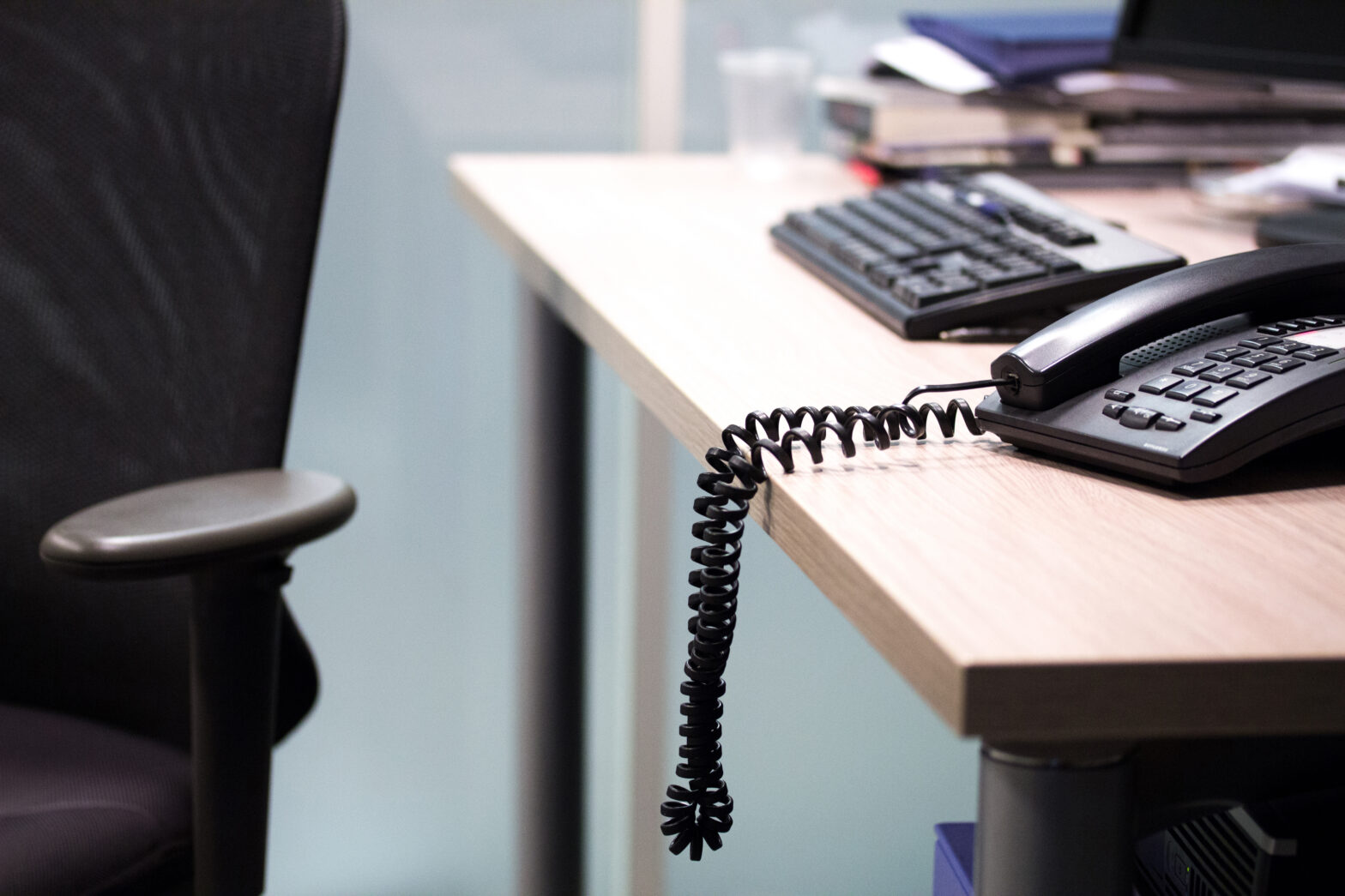Creating a healthy workplace and a productive team is a positive way that you can help your staff, and ultimately the future of your business. No matter the size of your company, these ideas will help your staff retention rates, reduce sick days and boost productivity. In fact, research by Britain’s Healthiest Workplace Awards found that a business that invests in staff health constantly generates increased outputs.
Small Business Pro, our all-in-one solution, can save you time and money as well as offering expert and peer support. It will also help with the heavy lifting of managing customers, taking payments, insurance, finance and HR, plus you’ll get a host of personal wellbeing benefits.
You can find out more about Small Business Pro here.
Check your workstation
Are your office workstations set up correctly? In my experience, over 70 per cent of them are not. Monitors are too low, desks are often at the wrong height, chairs are too low. All of these place unnecessary strain on the joints of the spine as your staff sit for hours storing up future back problems.
One easy fix is to check the height of your monitor. The top of the screen should be at eye level to avoid strain on the neck by having to look down (or up) for long periods of time. The monitor should also be placed directly in front of you to avoid turning your head to one side for prolonged periods of time.
Having workstations risk assessed is a legal requirement so it’s important to get one done. An assessment tailors every aspect of the workstation, from the set up of your office chair, the position of the monitor, keyboard and mouse to the lighting, temperature and noise levels. These all minimise the risks associated with using display screen equipment.
Take a break
In an ideal world, jobs using display screen equipment would consist of a mixture of screen-based and non-screen based work. If this is not possible, and natural breaks and pauses do not occur, then deliberate breaks or pauses should be introduced.
Our bodies are designed for movement, and it is a sad fact that too many of us sit for too long. It’s recommended to get up from your desk at least every 40-50 minutes, preferably more frequently. Many ‘micro-breaks’ throughout the day are better than just one long break in the middle.
Ways that you can implement this into the workplace include taking phone calls standing up, installing a water cooler in the office so that you get up to refill a glass and holding meetings in a room without chairs – standing meetings also improve productivity and keep to time.
When you have a busy work schedule it can be easy to forget about moving away from the monitor. For this reason, some people install break-prompting software on their computers to remind them when it is time to step away. Lunch times should always be away from the desk. Go for a walk and get fresh air to re-energise yourself. Sitting at your desk eating sandwiches is a definite no-no!
Look away
If you are unable to move away from your desk for a break, look away from the screen at regular intervals to give your eyes a break. Look out a window or at somewhere more distant to change the focus of your gaze. Avoid going on your phone or tablet during your breaks, these are just another type of screen that put strain on your eyes and posture (so it’s not really a break at all).
Healthy snacks
If you provide free biscuits for your employees in the office, consider swapping these for healthier options such as fruit. Lots of sugary foods cause an initial spike in blood sugar levels, this energy eventually crashes and causes that ‘afternoon slump’ feeling – leading to a drop in productivity and enthusiasm of the workforce.
The same can be said for caffeinated drinks such as coffee or Red Bull, which again causes the slump after the initial rush of energy. Try to drink less of these and more non-caffeinated options such as green tea, herbal teas or mineral water.
Air quality
Many office workers complain of the air being too stuffy or dry. This causes irritation for the eyes, particularly those who wear contact lenses. When possible, try and keep fresh air circulating in the building by opening windows, or consider having aircon installed. Having plants dotted around the office can also help with air quality.
Similarly if you have air-conditioning, don’t keep it blasting out cold air all day. Where possible, open a window to cool down a room. Air conditioning can dry the air so that it causes sore throats and dry eyes – so use it sparingly.
Don’t give yourself unreasonable deadlines
Try to avoid working through lunchtimes and finishing late in order to get through a job quicker. This is OK to do occasionally, but it can soon become the norm for one person – and then before you know it, the culture of the company. Working to an unrealistic schedule increases levels of stress, which leads to greater mental fatigue and feelings of being under too much pressure. Being ill is not big or clever.
Instead, give yourself a realistic timeframe for each piece of work. If you feel as though you may overrun on a deadline, be honest and ask for support from a colleague.
Get enough sleep
Feeling tired is one of the most common complaints heard in the office. This isn’t in the control of the company, but staff can take simple steps out of work to boost their energy levels in the office.
Turn off/put down your electronic gadgets at least one hour before bedtime and avoid sleeping with them next to your bed.
Try to set a regular bedtime and stick to it; burning the candle at both ends will make you less productive, more susceptible to illness and more likely to develop musculoskeletal disorders. Low levels of sleep have been found to increase stress levels and make you more likely to make uncharacteristic mistakes at work.
Health and Safety Executive figures found that an estimated 9.5 million working days were lost between 2014 and 2015 in the UK through musculoskeletal disorders that were work-related. Add to this the millions more stress released issues and you can see how big a problem this is in the workplace.
The ideas mentioned above will make a short term and long term difference in businesses, not just in terms of the health benefits, but the financial benefit of having fewer working days lost. What better time to make changes than in the New Year?
Tracy Dixon-Maynard is founder of Positura.





